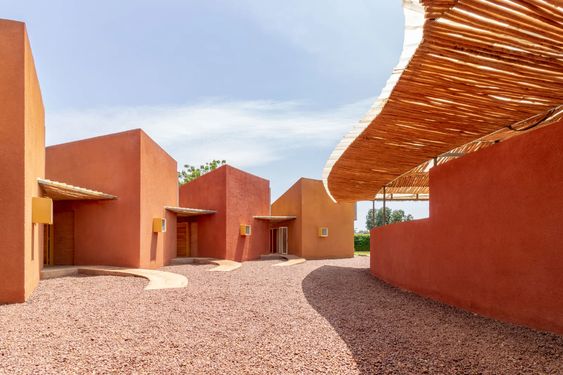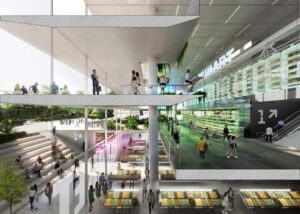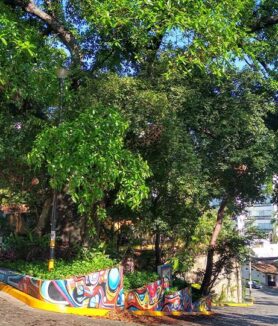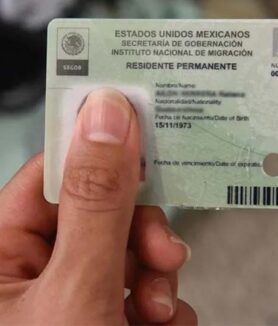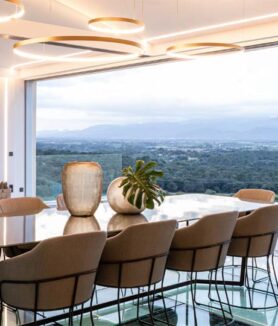“We have to fight to create the quality we need to improve people’s lives”, declared Francis Kéré
On March 15, Tom Pritzker, president of The Hyatt Foundation, announced Diébédo Francis Kéré as the winner of the 2022 Pritzker Architecture Prize, an award that is known as the ‘Nobel of Architecture’.
In this way, Francis Kéré becomes the 51st winner of the prize, founded in 1979, succeeding the French Anne Lacaton and Jean-Philippe Vassal.
Through buildings that demonstrate beauty, modesty, audacity and invention, and through the integrity of its architecture and gesture, Kéré graciously upholds the mission of this Prize.
Likewise, the organizers of the Prize recognized Francis Kéré for empowering and transforming communities through the process of architecture; as well as for his innovative and sustainable designs.

Who is Diébédo Francis Kéré?
Kéré was born in the small village of Gando, Burkina Faso, in 1965. As the eldest son of the village chief, he was the first in his community to attend school, where his sense of architecture emerged, as the classrooms of Gando They lacked ventilation and light.
“I grew up in a community where there was no kindergarten, but where the whole community was your family. Everyone took care of you and the whole town was your playground. My days were about securing food and water, but also just being together, talking together, building houses together. I remember the room where my grandmother would sit and tell stories with a little light, while we huddled next to each other and her voice inside the room enveloped us, summoning us to come closer and form a safe place. This was my first sense of architecture”, recalls the architect.
In 1985, he traveled to Berlin on a vocational carpentry scholarship, with which he learned to make ceilings and furniture. Later, in 1995, he was awarded a scholarship to attend the Technische Universität Berlin, graduating in 2004 with an advanced degree in architecture.
In 1998 he established the Kéré Foundation to raise funds to provide children in his community with a proper classroom. Thus, his first project was the Gando Primary School, in 2001, to provide solutions to the problems faced by his country of origin, such as not having quality educational infrastructure. This was built by and for the locals, who made each part of the enclosure by hand.
Thus, in 2005, he founded the Kéré Architecture studio in Berlin.
The architecture of Keré
“A poetic expression of light is consistent throughout Kéré’s works. The sun’s rays filter into buildings, courtyards and spaces in between, overcoming the harsh conditions of midday to offer places of serenity or meeting”, mentions the Pritzker Prize statement.
Francis Kéré’s work is characterized by evoking traditional African architecture, combined with innovative construction techniques; in addition to the use of local materials and the construction of projects that provide quality of life to the communities.
“I hope to change the paradigm, push people to dream and take risks. Not because you are rich you should waste material. Not because you are poor you cannot try to create quality. Everyone deserves quality, everyone deserves luxury, and everyone deserves comfort. We are interconnected and concerns about climate, democracy and scarcity are concerns for all of us.
“We have to fight to create the quality we need to improve people’s lives”, declared the architect.
Following the success of the Gando Primary School, Keré established primary, secondary and post-secondary medical facilities in Burkina Faso, Kenya, Mozambique and Uganda.
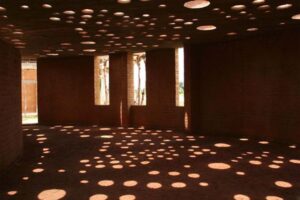 His works also include pavilions and installations in Germany, Italy, Denmark, Switzerland, the United Kingdom and the United States. Also, two historic parliament buildings are in process: the National Assembly of Burkina Faso and the National Assembly of Benin; as well as the TStartup Lions, an information and communication technology campus in Kenya, and the Burkina Faso Institute of Technology ampus in Kenya, and the Burkina Faso Institute of Technology.
His works also include pavilions and installations in Germany, Italy, Denmark, Switzerland, the United Kingdom and the United States. Also, two historic parliament buildings are in process: the National Assembly of Burkina Faso and the National Assembly of Benin; as well as the TStartup Lions, an information and communication technology campus in Kenya, and the Burkina Faso Institute of Technology ampus in Kenya, and the Burkina Faso Institute of Technology.


